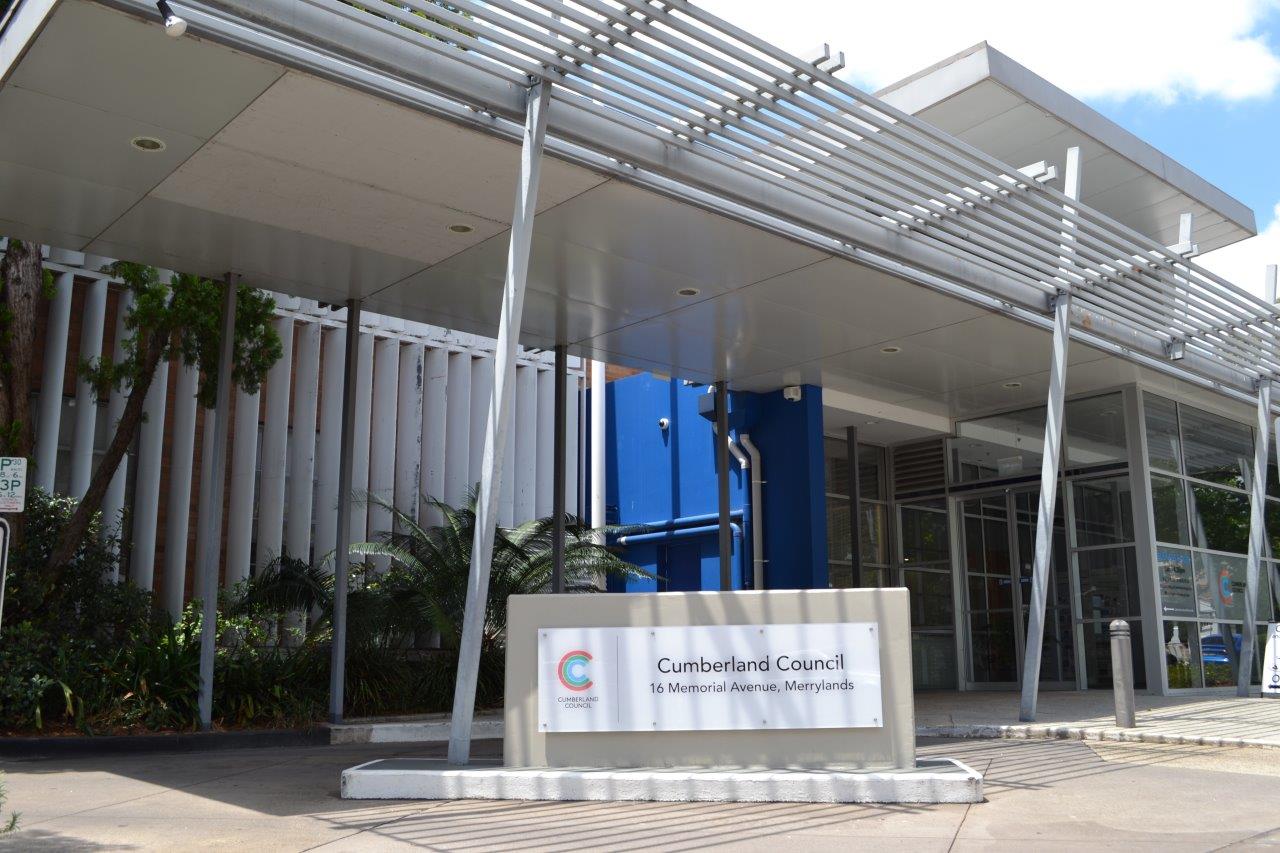
Applications
If you are seeking to undertake works or carry out certain activities on roads, footpaths or carparks, you will need to apply for an approval or permit under the Roads Act 1993 and/or the Local Government Act 1993.
Below are the various application types and processes that will apply, depending on the nature of the works or activity you are proposing.
Please note that in some cases, you will have already needed to obtain development approval under the Environmental Planning and Assessment Act 1979 or be applying for approval under the State Environmental Planning Policy (Exempt and Complying Development Codes) 2008.
Hoarding and Temporary Fencing
You will need to apply for a Hoarding Permit if you are seeking to erect a hoarding, scaffold or temporary fencing around a building site or light duty safety fencing around a work site.
Examples of works and activities that would require this permit:
- Install Type A hoarding on the public footpath
- Install Type B hoarding on the public footpath with site sheds above
- Install fencing on the public footpath around a work site
To apply, please use the Application for the Erection of Hoarding Structure (PDF, 87KB)
LAAN Road Opening
Applicants working under the Telecommunications Act 1997 that have submitted a LAAN are not required to lodge a Road Opening Permit and should follow the requirements of Council's response to the LAAN.
If you a seeking response to the LAAN please email us at council@cumberland.nsw.gov.au.
Public Domain Drawings
The engineering standard drawings provide the detailed information you will need to design any public domain works.
To request the public domain drawings, please email council@cumberland.nsw.gov.au.
Road, Footpath and Carpark Occupancy Permit
You will need to apply for a Road, Footpath and Carpark Occupancy Permit if you are seeking to temporarily occupy an area of road, footpath or public carpark for works, activities or events or to maintain an adjacent building.
Examples of works and activities that would require this permit:
- Fencing off a work site/area
- Setting up a mobile scaffold or ladder on the public footpath for repainting a building
- Using a carpark to run a fete
- Blocking off a street block for a festival
Generally, these permits are only available for daily occupation.
To apply, please use the Temporary Roadside (Short Time) Closure or Works Zone – Guidelines for Traffic Management (PDF, 180KB)
Road Opening Permit
You will need to apply for a Road Opening Permit if you are seeking to carry out excavation within a road, footpath, public reserve or public place for a lawful purpose.
Examples of works that would require this permit:
- Replacing a stormwater pipeline across the footpath
- Connecting water, sewer or gas to a main line in the road or footpath
- Installing an electricity main within the footpath or road
- Potholing to located underground services
- Geotechnical investigations
To apply, please use the Application for Road and Footpath Opening Permit form (PDF, 200KB)
Roadworks for Vehicle Crossing (Driveway), Public Domain Works and Levels
You will need to apply for approval if you are seeking to construct or reconstruct a vehicle crossing and/or to undertake other public domain works, even if you already have an associated development consent.
The approval process applies to all vehicle crossing and public domain proposals, whether associated with a Development Consent, Complying Development Certificate, Exempt Development or just reconstruction of an existing crossing.
Council has a two-step approval process, as follows:
- Roadworks Step 1 – Design Approval*, and
- Roadworks Step 2 – Permit to Construct
Roadworks Step 1 - Design Approval
The Roadworks Step 1 Design Approval application is used to seek approval for the proposal but does not provide approval to undertake the works. Go to the Roadworks Step 1 Design Approval page for details on what else can be applied for under this application.
To apply, please use the Application for Assessment and Approval of Street Drainage / Public Domain Design Plans (works within road reserve) (PDF, 81KB)
Please note all public domain designs shall be prepared based on the property boundary line levels issued by Council.
To apply for property boundary line levels, please use the Application for Property Boundary Line Levels form (PDF, 191KB).
* Please note that for Roadworks Step 1 for Complying Development Certificate applications, prior to the issue of the Complying Development Certificate, a preliminary approval for vehicular crossing will require approval by Council if the existing vehicular crossing is not used.
Roadworks Step 2 - Permit to Construct
The Roadworks Step 2 Permit to Construct application is used when you are ready to construct and have engaged your contractor.
To apply, please use the Application for Private Construction of Vehicular Crossing and Road Works form (PDF, 104KB).
Skip Bin User
You will need to apply for a permit if you are seeking to hire a skip bin and have it placed on the road.
To apply, please use the Temporary Roadside (Short Time) Closure or Works Zone – Guidelines for Traffic Management (PDF, 180KB)
Standing Plant Permit
You will need to apply for a Standing Plant Permit if you are seeking to place and operate cranes, concrete pumps or mobile plant on Council roads.
Examples of the type of plant and activities relevant to this permit:
- Trucks (4.5 tonne or 7.5 metre or greater)
- Concrete line or boom pumps
- Mobile cranes, assembling and disassembling tower cranes
- Using a crane to load/unload material from a vehicle
- Scissor lifts, cherry pickers, boom lift
- When an activity in the kerbside or parking lane requires an exclusion zone to be extended into the adjacent lane
To apply, please use the Temporary Roadside (Short Time) Closure or Works Zone – Guidelines for Traffic Management (PDF, 180KB)
Temporary Full Road Closure
You will need to apply for a Temporary Full Road Closure if you are seeking to temporarily close the road to traffic in association with an activity or to undertake works.
A Temporary Full Road Closure is required when the road will be closed to all vehicle traffic.
If the closure can be limited to the Parking Lane (no impact on traffic flow) or at least 3 metres clearance can be maintained for vehicle access (under traffic control), then the partial closure will generally be addressed as part of one of the above permits.
Examples of when a Temporary Full Road Closure is required:
- Closure of the road to allow roadworks to proceed
- Closure of the road to allow a festival or event to take place
Please note that an approved Temporary Full Road Closure does not provide the approval for the associated works or activity and in most cases, separate approvals will need to be obtained.
Depending on the likely impact of the closure on traffic and/or residents/businesses, the Temporary Full Road Closure application may need to be reported to the Local Traffic Committee and Council for determination.
To apply, use the Temporary Roadside (Short Time) Closure or Works Zone – Guidelines for Traffic Management (PDF, 180KB)
Temporary Ground Anchors
You will need to apply for approval when installing temporary ground anchors on Council land.
To apply, please use the Application for Temporary Ground Anchors form (PDF, 271KB).
Works Zone Application
You will need to apply for a Works Zone Permit if you are seeking to create a temporary signposted parking area adjacent to a building site for work vehicles and deliveries.
Note that a Works Zone only allows for parking in accordance with the Australian Road Rules. You will also need to apply for a Standing Plant Permit(s) when applicable, as explained in the Standing Plant Permit section above.
To apply, please use the Temporary Roadside (Short Time) Closure or Works Zone – Guidelines for Traffic Management (PDF, 180KB)





